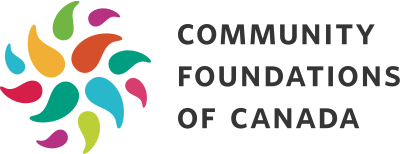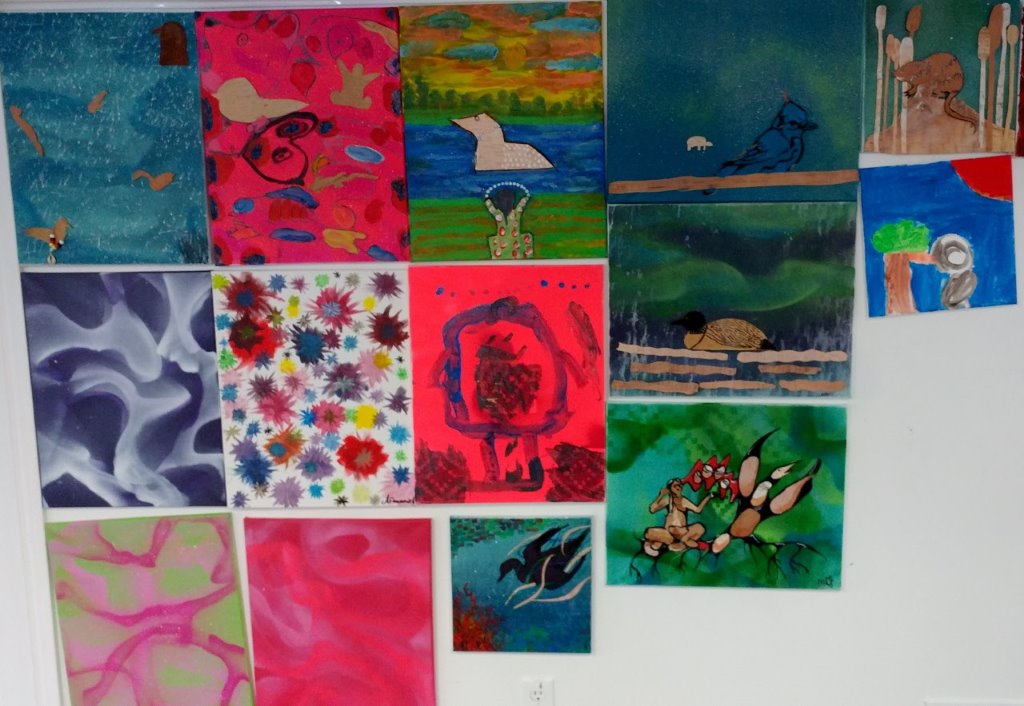Indigenous knowledge systems have always been grounded in the land, mobilized by cultural practices and teachings that shape our understanding of the world and our responsibilities within it. In recent history, however, violent colonization of these territories now called Canada has attacked these knowledge systems. Our Indigenous communities have resisted this violence and assimilation in many ways, but for many, significant work is still needed to restore connection to land and traditional ways of learning.
Reconnecting youth with culture, language and spirituality is critical to this restoration work and was at the heart of an exciting initiative called Wiigwas[1] based out of Henvey Inlet First Nation. The project involved a series of after school camps where youth were introduced to traditional knowledge through land and arts based activities led by local Elders and Knowledge Keepers. The youth received stories and teachings about sacred medicines, plants, water and pictographs that supported them in better understanding their community and identities as Anishinabek. “The glow in their eyes was amazing,” Knowledge Keeper Wanda McQuabbie shared, “we were able to help strengthen the fire within them and awakened a new curiosity for learning. It’s opportunities like this that let us get back to connecting our spirits with each other and the land.”
Through its focus on Two-Eyed Seeing[2], Wiigwas also included opportunities for youth to gain scientific ecological knowledge. This perspective was shared by staff members from Savanta who offered information about how scientific methods can help in protecting the environment. This bridge between Indigenous and Western worldviews was encouraged by the project organizers including the traditional knowledge instructors, “we need more chances to learn from each other in good ways where both sides are respected—as it should have been from the beginning” McQuabbie explained. Recognizing the strengths of our different ways of knowing offers us great opportunities to tackle environmental and social challenges. Youth have the potential to be leaders in this work and it is initiatives like Wiigwas that can help guide us on how to do it in a good way.
Wiigwas is supported by Henvey Inlet First Nation and Elora Centre for the Arts with funding from the Laidlaw Foundation and the Government of Canada through the Community Fund for Canada’s 150th.
Lindsay DuPré is a Métis youth mobilizer currently living in Toronto on Dish With One Spoon territory. Her work is grounded in a deep respect for storytelling and commitment to strengthening the growing network of Indigenous youth fighting for social and environmental justice.
[1] (wee-GWOSS) translates to birchbark in Anishinaabemowin.
[2] Two-Eyed Seeing refers to the practice of learning to see from one eye with the strengths of Indigenous ways of knowing, from the other eye with the strengths of Western ways of knowing and being able to use both of these eyes together in balance.

